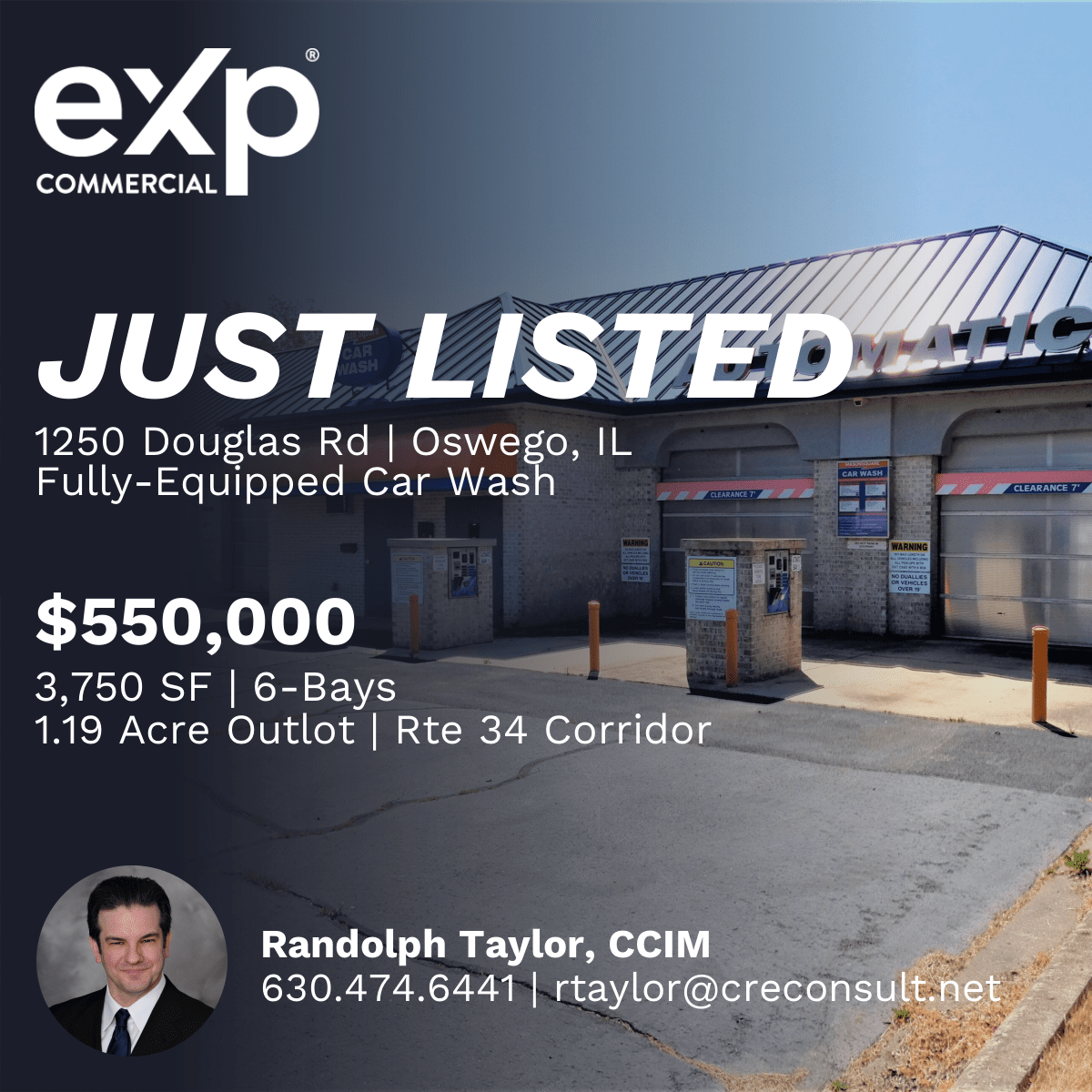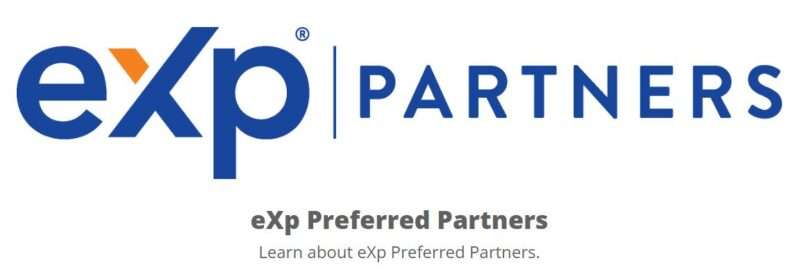
One of the unique challenges of commercial real estate investment is that markets, types of property, return expectations, and physical environments are in a constant state of change. As a result of these changes, a commercial property could be cash flow positive one day and undesirable the next due to shifts in tenant desires or some other factor.
The real estate term for this type of risk is “obsolescence” and there are three types that CRE investors should be aware of.
Functional Obsolescence
Functional Obsolescence is the impairment of a real property’s functional capacity due to changes in market tastes and/or standards. In other words, a property could become functionally obsolete when its design, style, amenities, or technology no longer meet the needs and/or expectations of modern tenants. There are no clearer examples of functional obsolescence than in the realm of technology. Modern tenants require high speed internet connections, strong cellular reception, advanced security features, and modern audio/video capabilities. Could you imagine an office building without videoconferencing or high speed internet? Properties that do not have these features could be well on their way to becoming functionally obsolete.
Depending on the situation, there are two types of functional obsolescence, “curable” and “incurable.” If there is curable functional obsolescence, it means that the property could be renovated or upgraded in a cost efficient manner to bring the property up to modern standards. For example, it is possible to retrofit a property with high speed wireless internet or badge scanners for increased security. If there is incurable functional obsolescence, it means that the property cannot be upgraded or that it is not economically feasible to do so. For example, it would be nearly impossible to retrofit an older 10-story building with a modern elevator system.
It should be noted that there is a subset of functional obsolescence known as “superadequacy.” It may seem counterintuitive, but it is possible to improve a property too much and that is where the concept of superadequacy comes into play. For example, if a multifamily developer purchased a property and renovated it with luxury finishes in a market that cannot support them, the property could be considered “superadequate.”
Economic Obsolescence
Economic obsolescence – sometimes called external obsolescence – is the depreciation in the market value of a property due to external factors that cannot be controlled by the owner.
Common causes of economic obsolescence are things like: traffic pattern changes, zoning changes, flight pattern changes, construction of public nuisance projects like a jail or sewer treatment plant, rising crime, or job loss. For example, imagine a successful apartment complex that is located in close proximity to a major airport. The property is full, cash flow positive, and residents like to live there due to its proximity to the airport. But, one day the FAA decides to change the approach path to the airport. The new pattern brings aircraft directly over the apartment complex at a low altitude at all hours of the day and night.
The property owner had no input on the change, but they will likely suffer the consequences of it in two ways. First, tenants are likely to leave, causing increased vacancy in the property. Second, the increased vacancy will require rents to come down to a point where they are perceived to be a good deal, despite the aircraft noise. Combined, these economic factors can create a shortfall in operating income and drive the property value lower, perhaps to a point where it is considered economically obsolete.
Unfortunately, economic obsolescence is incurable in most cases. In the example above, there is little, if anything the property owner could do to get the flight path changed other than to log their complaint with local authorities. In many cases, they may have to sell the property at a loss or find other ways to deal with the erosion of value.
Physical Obsolescence
Physical obsolescence is the decline in a property’s valuation due to physical depreciation or gross mismanagement. It is a given that there will be physical deterioration in all real estate assets over time, but it can be managed with a proactive maintenance and replacement program. True physical obsolescence happens when maintenance requirements are ignored and the property physically degrades to a point where it has no desirability. For example, suppose that a property owner never changes the air filters in the HVAC system. Over time, this allows for the growth of mold and mildew throughout the property to the point that it isn’t safe for occupancy. This would have a negative effect on the value of the property and would likely result in decreased occupancy, decreased economic life, operating losses, and potential capital losses.
The question of whether or not physical obsolescence is curable is a function of the replacement cost to fix it. If the pricing is such that it is either cost prohibitive or the cost can’t be recovered through improved occupancy or higher rents, it is likely incurable. However, if the cost is relatively minor, it could be cured with ease.
Summary and Conclusions
From an investment standpoint, the threat of obsolescence is that it happens quickly and the property owner never sees it coming. For this reason, it is important to consider each of the above types prior to purchasing a property.
The first line of defense for recognizing obsolescence is the real estate appraisal. Appraisers/assessors are trained to look for it in the subject property, to quantify the cost of fixing it (if possible), and to summarize the obsolescence results in their lenders reports. If it exists, it is up to the property owner/investor to assess the cost of repair/renovation versus the benefits that they will receive from it. Quantifying this cost/benefit metric can be tricky because it is dependent upon certain locational characteristics of the property, its capitalization, operating costs, effective age, and the useful life of potential upgrades. There is no “right” way to do it because it varies widely from one property to another, but looking at the cost for comparable properties may be helpful.
The more important point is that all types of obsolescence be considered prior to purchasing a property and a plan to address them if/when they arise should be developed.
Source: Three Types of Commercial Real Estate Obsolescence
https://www.creconsult.net/market-trends/three-types-of-commercial-real-estate-obsolescence/


